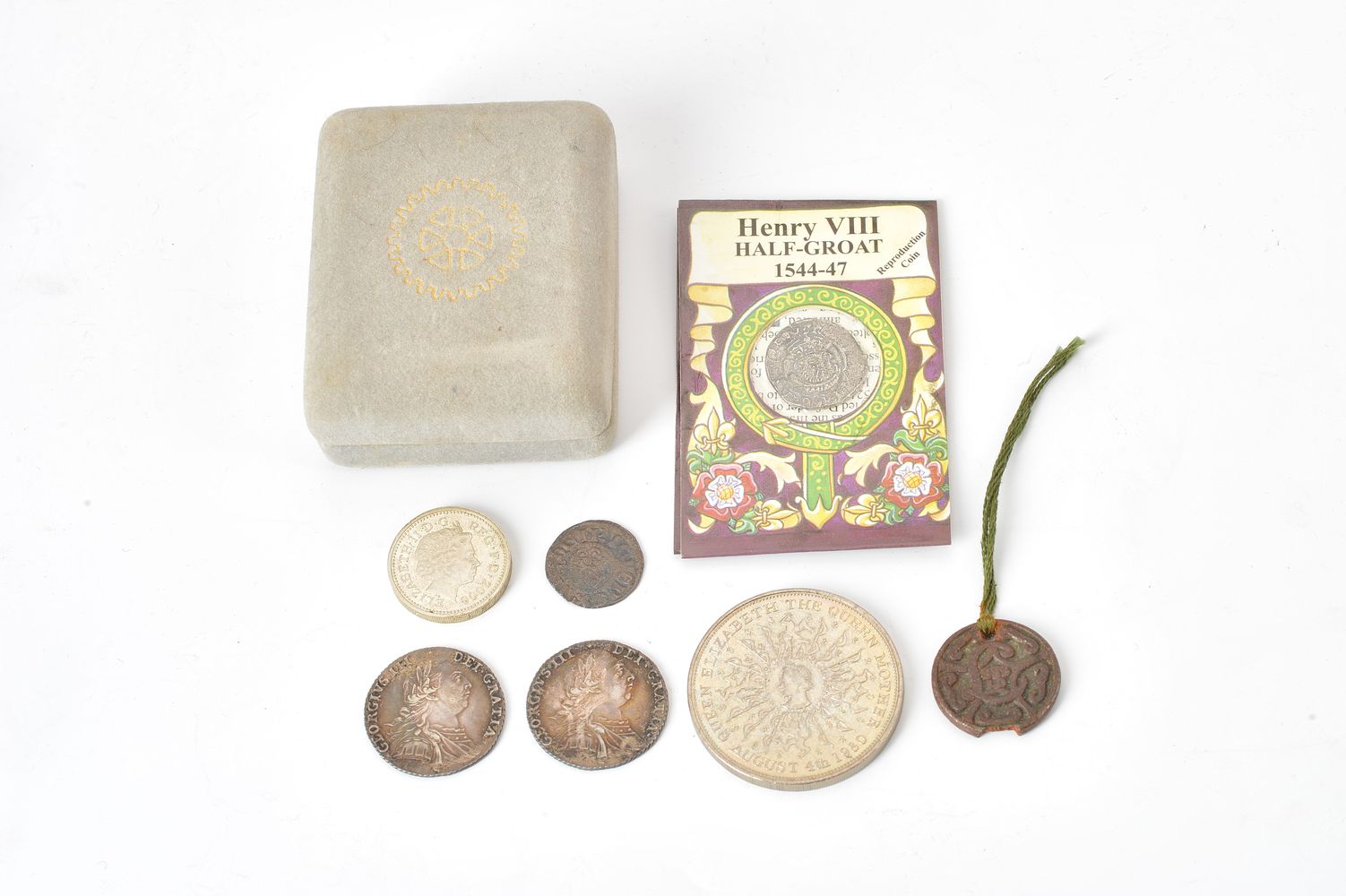A fine George III silver and tortoiseshell triple-cased oversized verge pocket watch or coach timepiece for the Middle Eastern market Ralph Gout, London, circa 1770 The gilt full plate single fusee verge movement with four square Egyptian pillars incorporating elaborate pierced galleries pinned through the backplate, scroll pierced stop-iron block and sprung three-arm steel balance with Tompion type regulation, the backplate with fine asymmetric foliate scroll pierced and engraved balance cock with decorated rim and seashell at the junction of the conforming pierced foot flanked by silvered regulation disc with adjacent applied scroll pierced infill opposing signature Ralph Gout, London and serial number 911, the circular white enamel 'Turkish' numeral dial with repeat signature to centre, conforming five minute numerals to outer track and later steel hands, the plain inner case fitted with convex glass and suspension post and marked for London 1768 maker WB, the second case with conforming marks, push-button clasp and later shallow wriggle-work engraved decoration to exterior, the outer case covered in mottled red-stained shell with studded borders and secured with conforming push-button clasp, the pillar plate 60mm (2.375ins approx.) diameter, the outer case 91mm (2.625ins) diameter overall. Ralph Gout is recorded in Baillie, G.H. Watchmakers & Clockmakers of the World as working 1770-1836. He is believed to have been of Swiss extraction and worked from 6 Norman Street, Old Street (1770-1800), 122 Birchin Lane (1815) and 122 Bunhill Row, Finsbury Square. In 1796 Gout was declared bankrupt which resulted in a sale of his stock in order to clear his debts; the sale included watches for the Spanish and Middle Eastern markets as well as 'pedometer watches' to Gout's own design. Evidently he was able to continue in business as several watches dating to after 1796 survive. The unusual large size of the current lot is noteworthy as is the general quality of finish which is of a better standard than seen on many examples made for export to the Middle East. This would suggest that it was generally made to impress or perhaps to specifically appeal to buyers who liked the proportions of larger coach watches. Condition report disclaimer
A fine George III silver and tortoiseshell triple-cased oversized verge pocket watch or coach timepiece for the Middle Eastern market Ralph Gout, London, circa 1770 The gilt full plate single fusee verge movement with four square Egyptian pillars incorporating elaborate pierced galleries pinned through the backplate, scroll pierced stop-iron block and sprung three-arm steel balance with Tompion type regulation, the backplate with fine asymmetric foliate scroll pierced and engraved balance cock with decorated rim and seashell at the junction of the conforming pierced foot flanked by silvered regulation disc with adjacent applied scroll pierced infill opposing signature Ralph Gout, London and serial number 911, the circular white enamel 'Turkish' numeral dial with repeat signature to centre, conforming five minute numerals to outer track and later steel hands, the plain inner case fitted with convex glass and suspension post and marked for London 1768 maker WB, the second case with conforming marks, push-button clasp and later shallow wriggle-work engraved decoration to exterior, the outer case covered in mottled red-stained shell with studded borders and secured with conforming push-button clasp, the pillar plate 60mm (2.375ins approx.) diameter, the outer case 91mm (2.625ins) diameter overall. Ralph Gout is recorded in Baillie, G.H. Watchmakers & Clockmakers of the World as working 1770-1836. He is believed to have been of Swiss extraction and worked from 6 Norman Street, Old Street (1770-1800), 122 Birchin Lane (1815) and 122 Bunhill Row, Finsbury Square. In 1796 Gout was declared bankrupt which resulted in a sale of his stock in order to clear his debts; the sale included watches for the Spanish and Middle Eastern markets as well as 'pedometer watches' to Gout's own design. Evidently he was able to continue in business as several watches dating to after 1796 survive. The unusual large size of the current lot is noteworthy as is the general quality of finish which is of a better standard than seen on many examples made for export to the Middle East. This would suggest that it was generally made to impress or perhaps to specifically appeal to buyers who liked the proportions of larger coach watches. Condition report disclaimer















Testen Sie LotSearch und seine Premium-Features 7 Tage - ohne Kosten!
Lassen Sie sich automatisch über neue Objekte in kommenden Auktionen benachrichtigen.
Suchauftrag anlegen